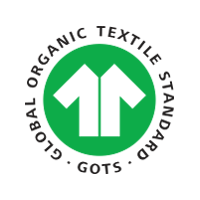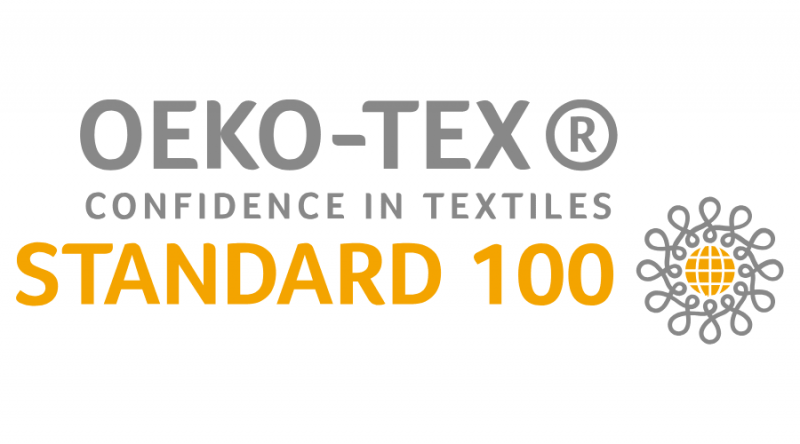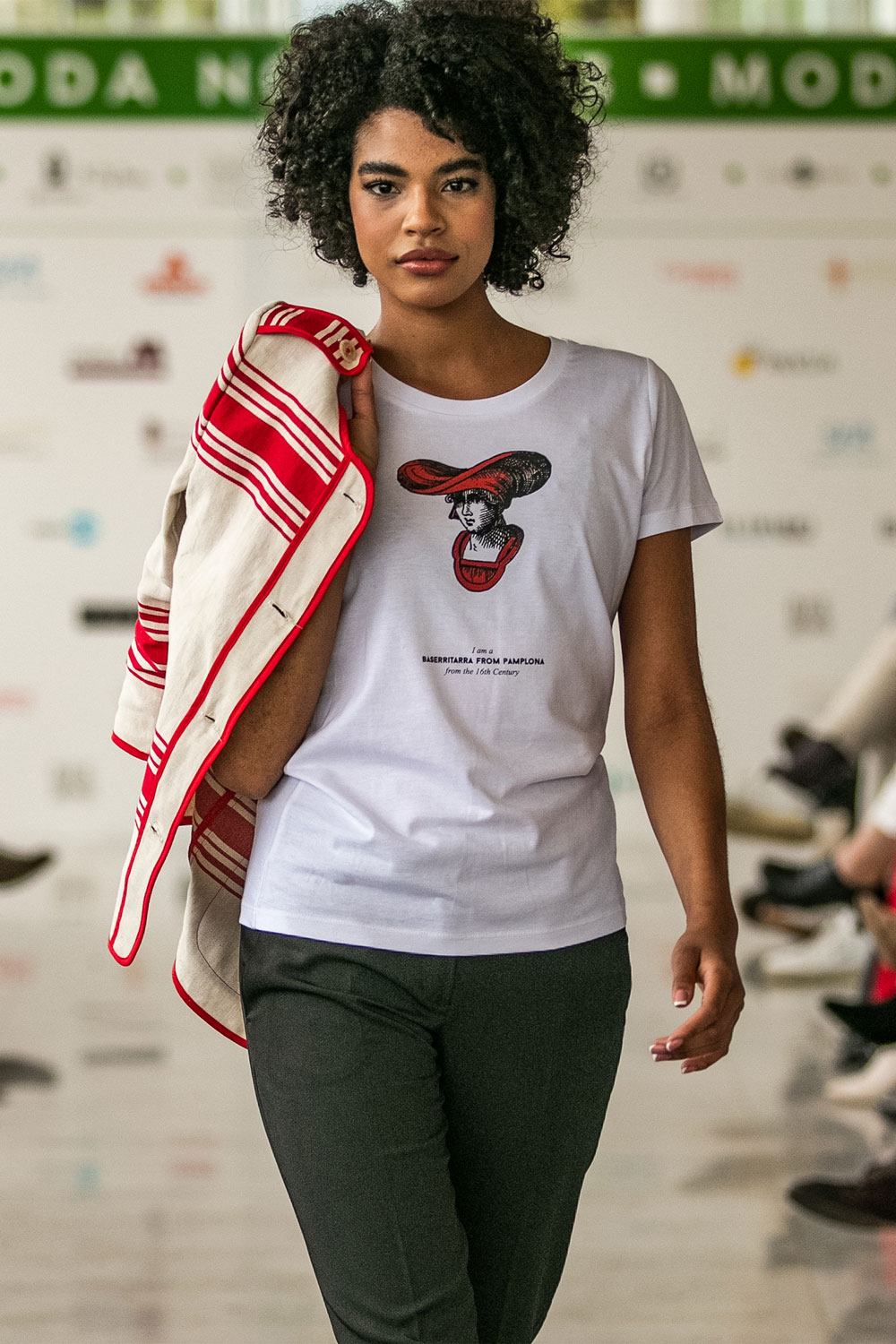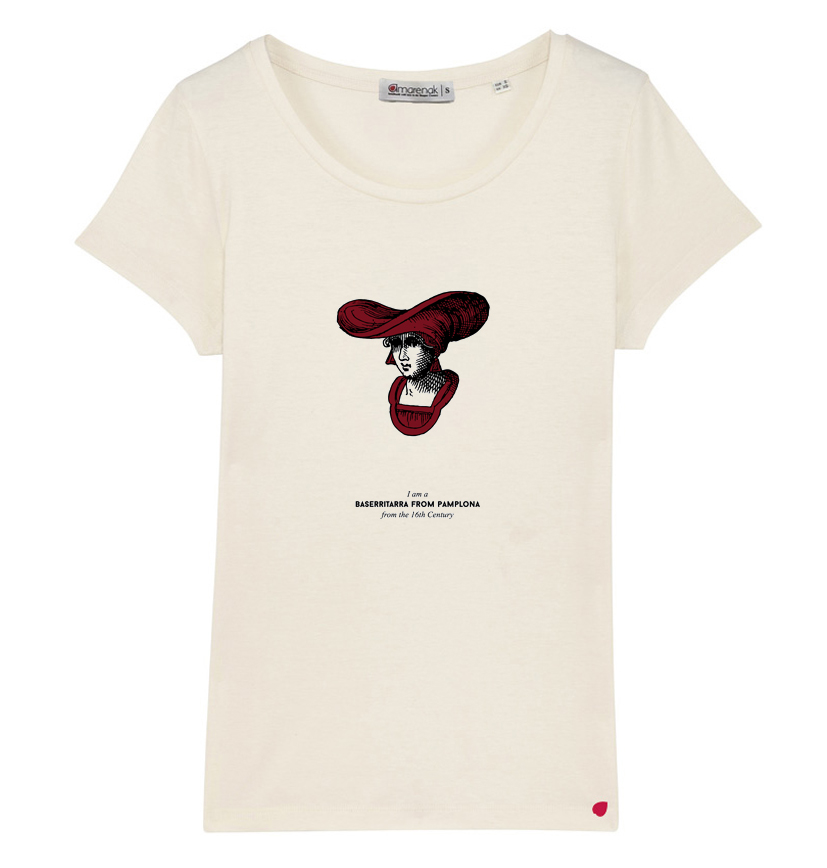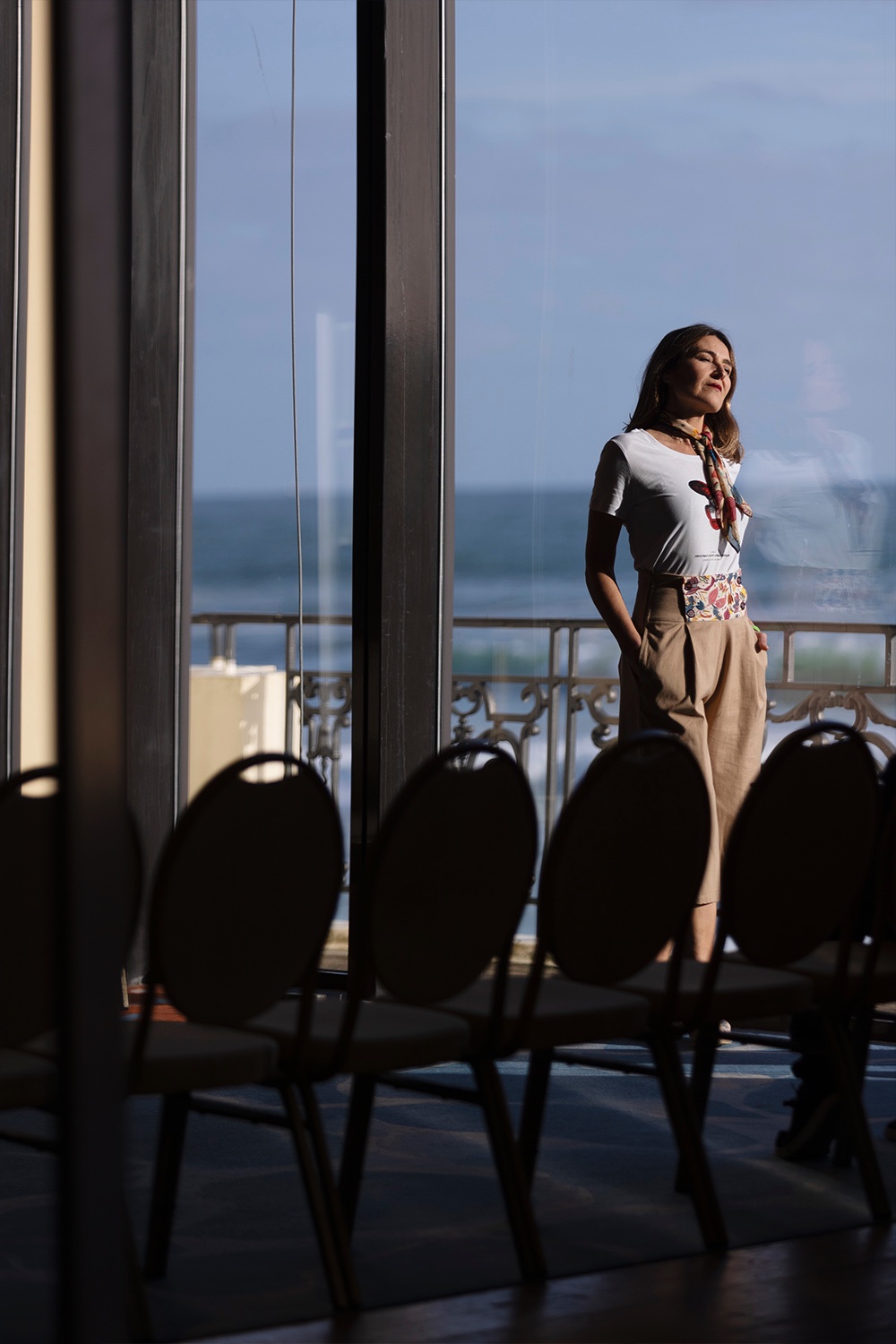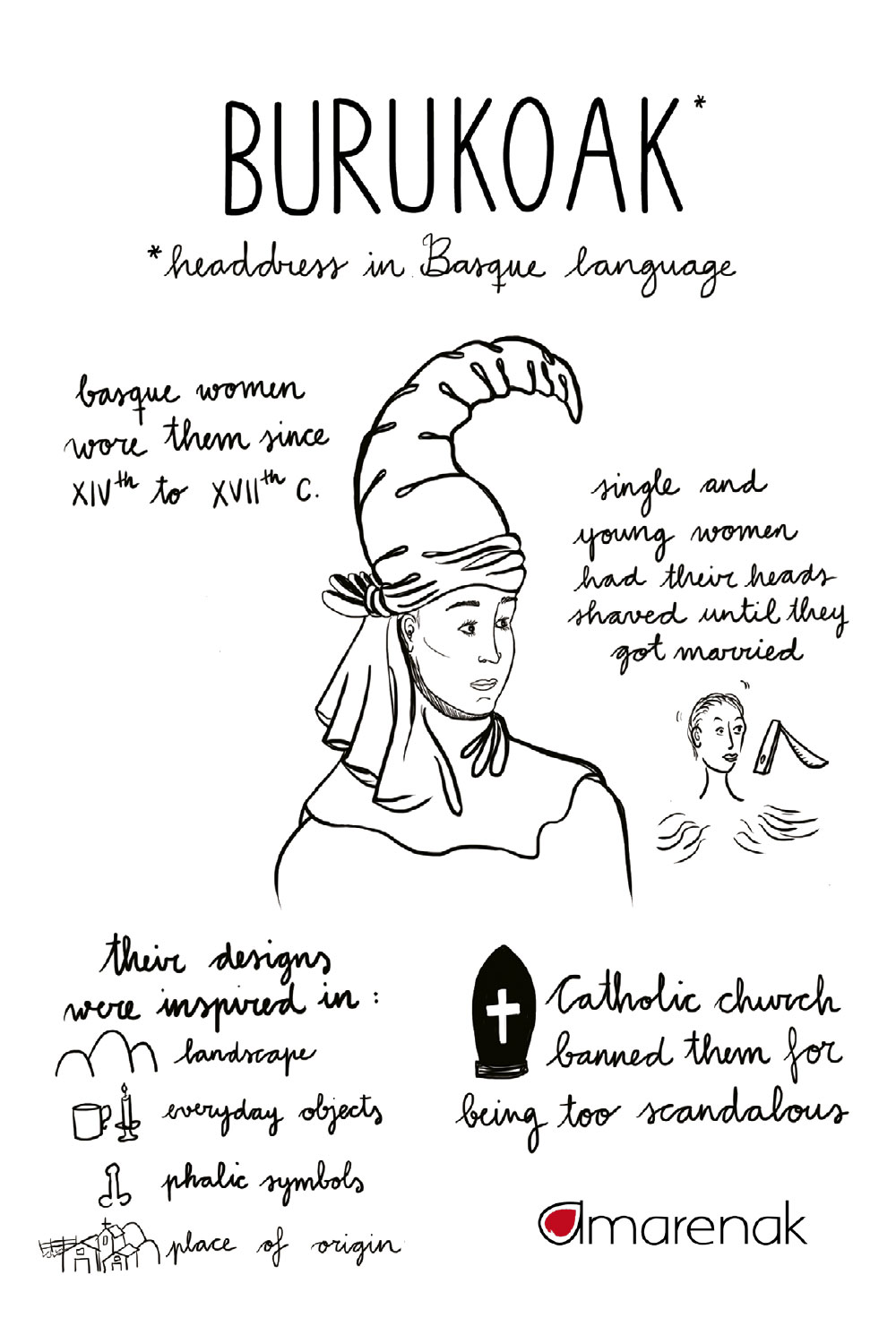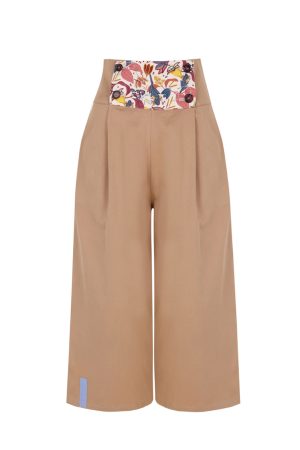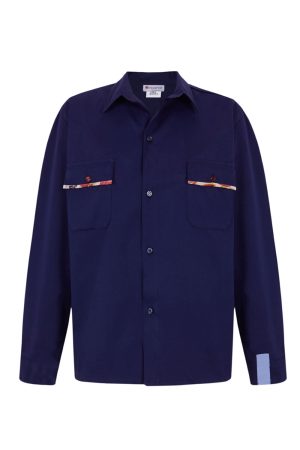Description
The history
Since the 14th century, Basque women wore curious headdresses to express their origin, status and style, some of which were very suggestive. Young, unmarried women wore their heads uncovered and their hair shaved off, thought, to be hygienic.
There are hardly any images of these headdresses, until in the 16th century, with the discovery of America and the first circumnavigation of the world, when human curiosity was aroused by the discovery of other cultures. This led to the appearance of costume codices, in which travellers illustrated what people were like in other places. Foreigners who travelled to the Basque Country were impressed and portrayed in the codexes of the time the hundreds of headdresses they saw.
At the beginning of the 17th century, the prohibition of the Church for considering them obscene and the irruption of other fashions, made them disappear and, hundreds of years later, we hardly know what was the most characteristic Basque garment for more than 3 centuries.
In order to make this story known, we wanted to recover an engraving from 1570 that is in the National Library in Paris.
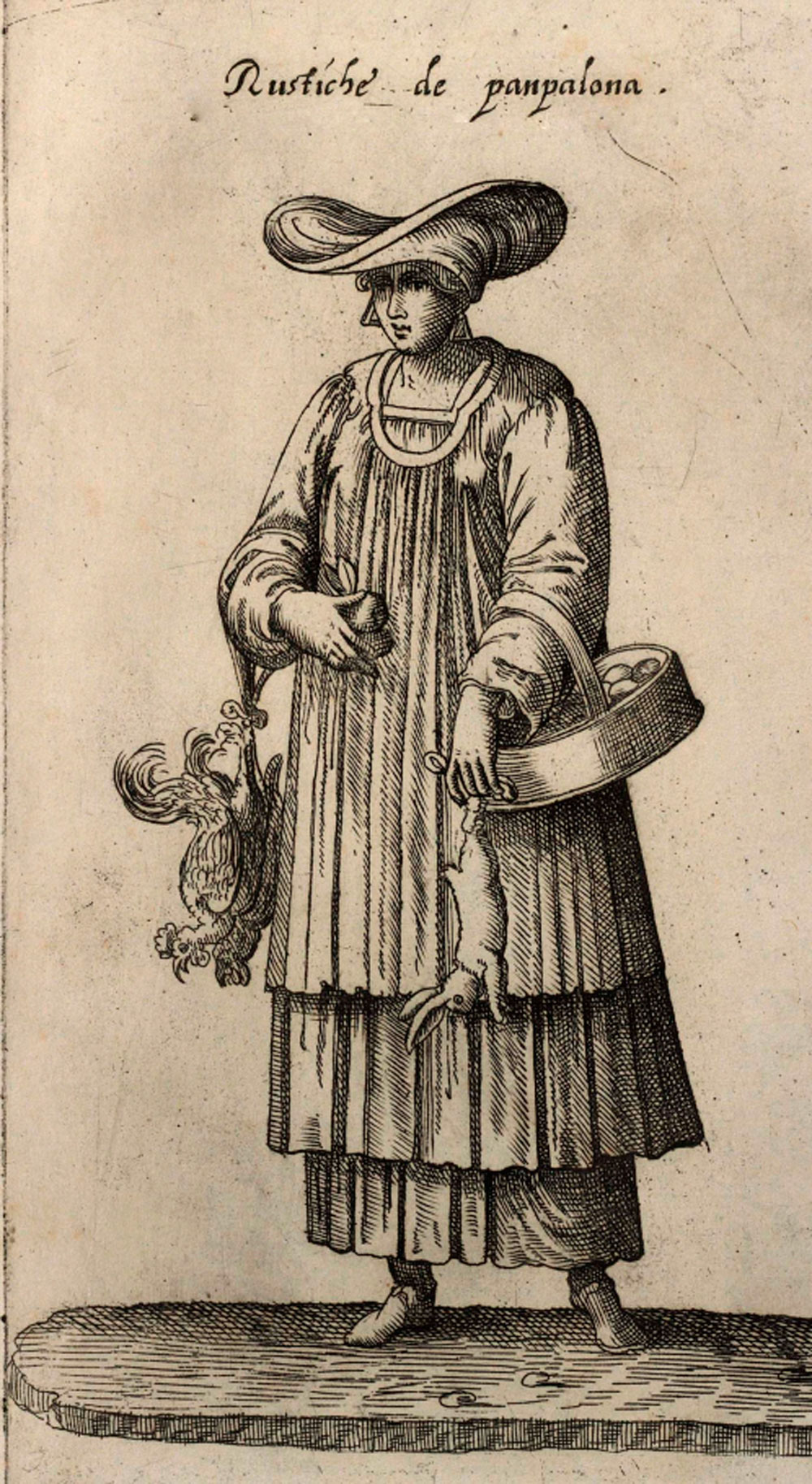
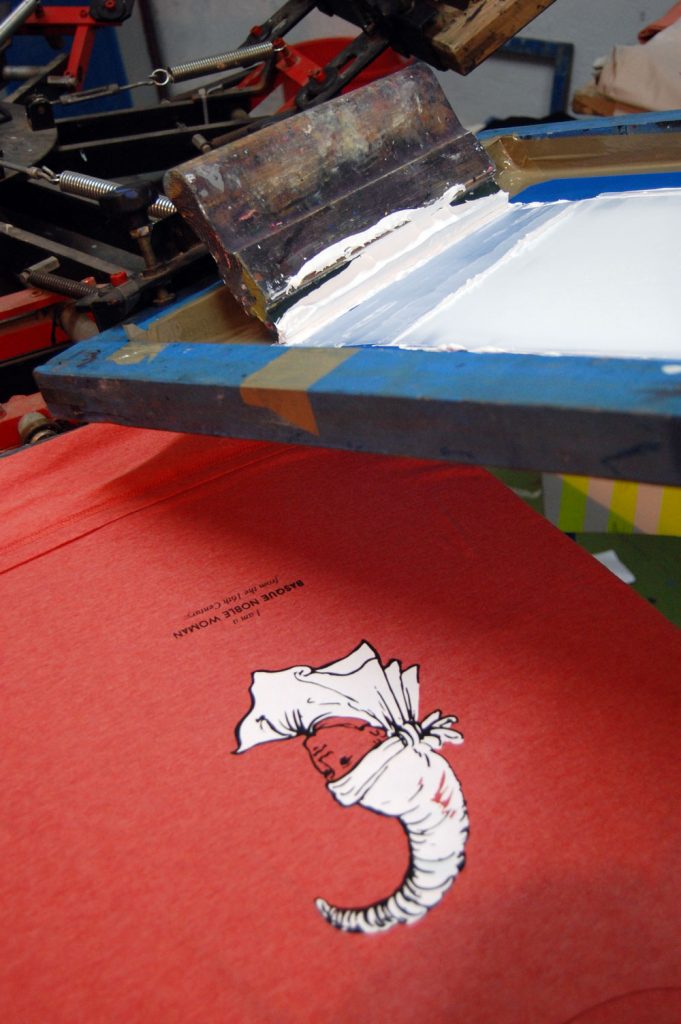
Working process
To develop this collection, we have made a collection of more than 200 illustrations, reproductions and paintings of the period and, through a crowdfunding campaign, we have selected 5 of these images with the votes of the co-founders, so that, once again, you can wear this story and bring it back to life.
With the winners illustrations of Basque women from the 16th century, we have created the designs of the collection to turn them into new icons of our time, adding atext indicating what was mentioned in the original illustration.
Finally, these illustrations have been screen-printed with great care and attention to detail with ecological inks on T-shirts and sheets of paper in the Gko Art Studio screen-printing workshop in Tolosa (Gipuzkoa).
Sustainability, traceability and fabric.
This T-shirt has been made in Bangladesh under the Fair Wear certification, given by the independent Fair Wear Foundation which guarantees that the eight core labour standards derived from the ILO conventions and the United Nations Declaration on Human Rights have been respected.
- Fabric composition: 100% organic cotton GOTS
Cotton is the most common plant-based fabric. This is due to its many properties. It is a very breathable fibre, and absorbs moisture and sweat. Cotton fabrics are also very soft, hard-wearing and pleasant to the touch.
Cotton fabrics are also very soft, hard-wearing and pleasant to the touch.
The Global Organic Textile Standard (GOTS) is the world’s leading standard for processing textiles made from organic fibres, which includes ecological and social criteria.
The Global Organic Textile Standard (GOTS) is the world’s leading standard for processing textiles made from organic fibres, which includes ecological and social criteria.
For screen printing, GREEN EARTH water-based textile inks have been used, which follow the regulations and conditions of the European Union on ecological treatments and comply with the OEKO-TEX Standard 100 (formaldehyde and APEOS free), formulated with pigments free of heavy metals.
Care: Machine wash at 30º with similar colours. In the first wash the garment may shrink. Long-lasting screen printing.

